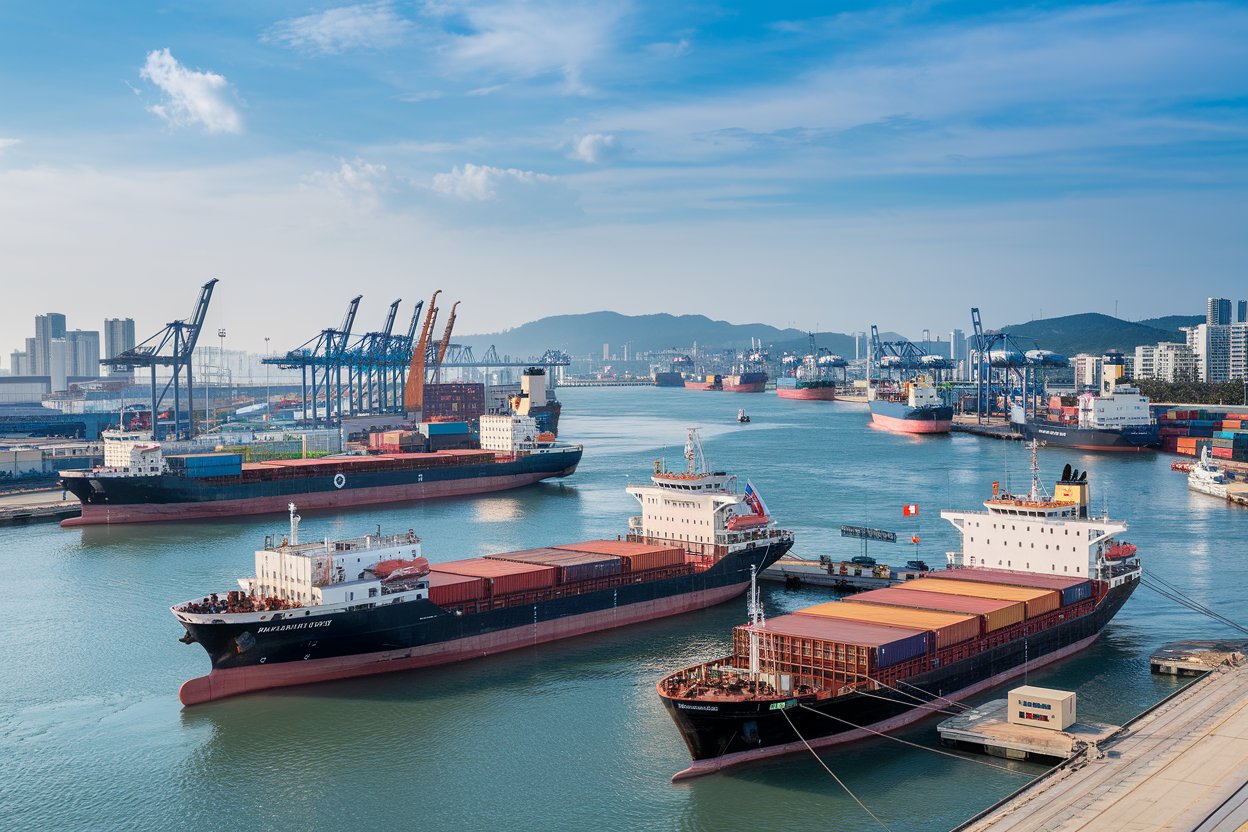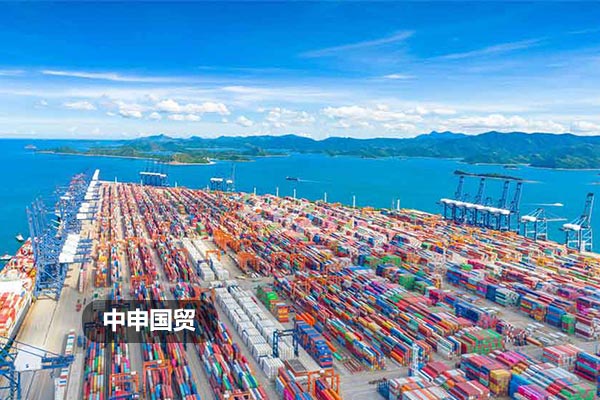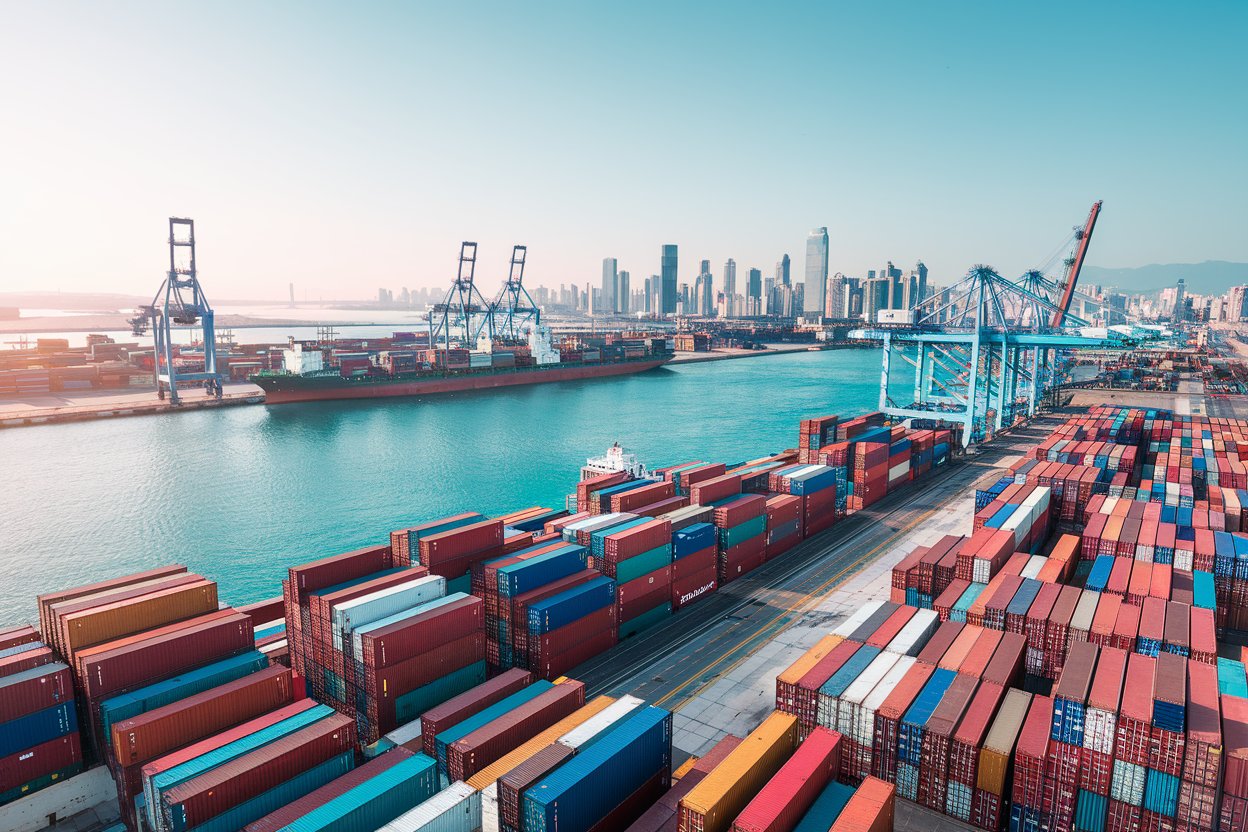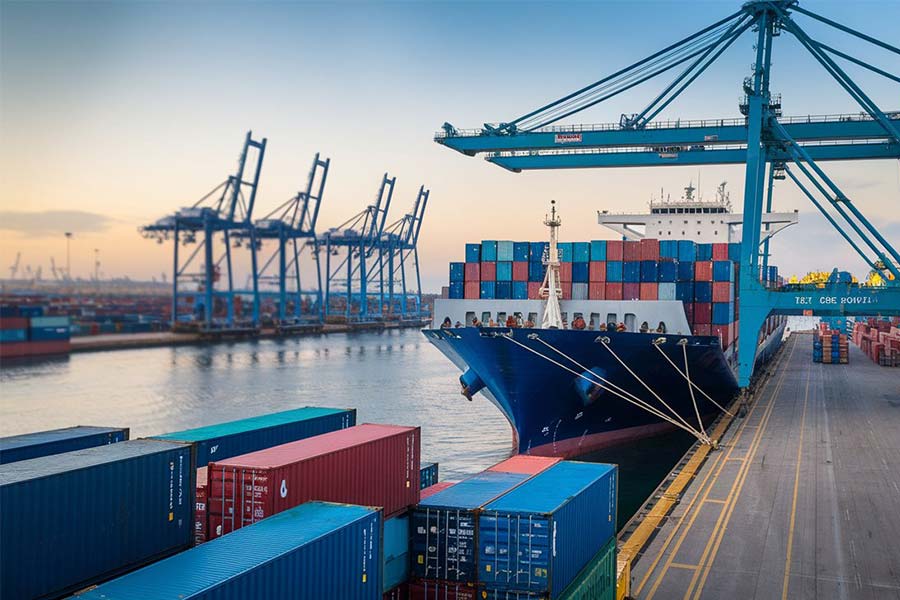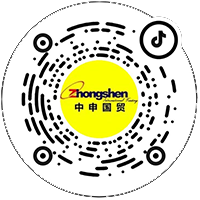- 20 Years of Expertise in Import & Export Solutions
- +86 139 1787 2118
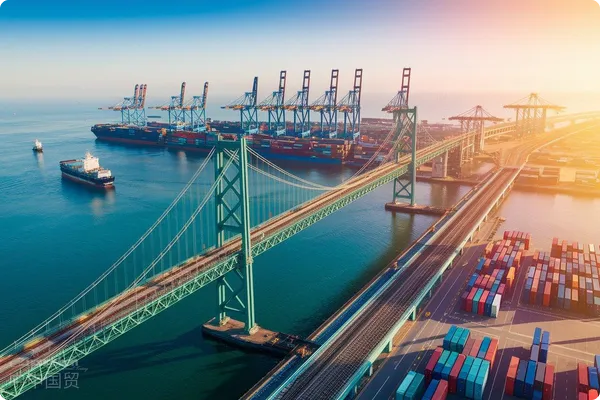
Importing German Footwear:?Foreign trade??Import/export?Complete Analysis
In today's globalized world, importing footwear products from Germany holds great business potential. However, the complex international trade environment, diverse regulatory policies, and cumbersome processes all pose many challenges for importers. How to ensure the smooth import of German footwear and get the products to the market quickly has become the focus of many businesses.
Professional document processing and logistics arrangement
Document handling is the cornerstone of the import process. From the commercial invoice, bill of lading to the packing list, every document is crucial. The commercial invoice needs to detail information such as the description, quantity, and value of the footwear. This is not only an important basis for customs declaration but also a key document for subsequent settlement. The bill of lading is the document of title, ensuring that the goods can be accurately delivered. For imported German footwear, the information on the bill of lading must strictly match the actual goods, including details such as the style, size, and color of the shoes.
In terms of logistics arrangements, the appropriate mode of transport should be chosen based on factors such as the quantity of goods and the delivery time. If the quantity of goods is small and the time requirement is high,?Air freight?may be the first choice; for large-volume goods,?Ocean shipping?is more economical. However, when using sea freight, it is necessary to pay attention to the choice of shipping schedule to avoid goods being detained at the port due to delays. In addition, a reasonable planning of the transport route is also key, for example, avoiding the severe weather season in some areas to ensure the safety and punctuality of the goods.
Our company has extensive experience in document handling and logistics arrangements. A professional team can handle all types of documents quickly and accurately, ensuring their consistency and compliance. In terms of logistics, we have established long-term cooperative relationships with several well-known shipping companies and airlines and can provide customized logistics solutions according to the client's needs. Whether it's door-to-door service or port-to-port transport, we can complete it efficiently.
Challenges and Opportunities in the Context of International Trade
The current international trade situation is complex. The rise of trade protectionism has led various countries to introduce trade restriction measures, and tariff adjustments are frequent. For example, some countries, to protect their domestic footwear industry, may increase the tariff rates on imported footwear, which undoubtedly increases import costs. At the same time, the ongoing impact of the global pandemic has disrupted the supply chain, with a sharp rise in logistics costs and frequent occurrences of port congestion, extending the transport time of goods.
However, crises also hold opportunities. With the gradual recovery of the global economy, consumer demand for imported footwear is also constantly growing. Especially some high-end brands of German footwear have a high degree of competitiveness in the market. In addition, the development of digital technology has brought new convenience to international trade. The application of electronic documents has improved the efficiency of document handling; the rise of the?E-commerce?platform has broadened sales channels, enabling imported footwear to reach consumers more quickly.
Import and Export Procedures and Solutions for the Southeast Asian Market
If, after importing footwear from Germany, you want to resell it to the Southeast Asian market, you need to understand its unique import and export process. Taking Vietnam as an example, the first step is import declaration. Before the goods arrive at a Vietnamese port, the importer needs to submit an import declaration form through the electronic declaration system, detailing the relevant information of the footwear, including the brand, material, quantity, and value. At the same time, documents such as the commercial invoice, bill of lading, and packing list need to be provided. After receiving the declared information, customs will review it and may inspect the goods to ensure the declared information is accurate.
In terms of export, the relevant documents must also be prepared. Before the goods leave a Vietnamese port, an export declaration form must be submitted to customs, stating the destination of the goods, the final consignee, and other information. For footwear products, it is also necessary to comply with Vietnam's quality standards and environmental requirements. For example, the content of certain chemical substances must not exceed the standard.
Our company provides comprehensive solutions for the Southeast Asian market. We understand the regulatory policies of various countries in advance and assist clients in preparing compliant documents. During the transport of the goods, we work closely with local freight forwarders and customs brokers to ensure the goods clear customs smoothly. At the same time, we pay attention to the local market dynamics, provide clients with market information consultation, and help them formulate reasonable sales strategies.
Russian market and VTB?Foreign exchange settlement?Advantages
If the German imported footwear is partially planned for sale to the Russian market, the settlement link should not be overlooked. Russia's financial system has its unique features, and VTB Bank holds an important position in the Russian financial market. Settling through VTB has many conveniences.
The settlement process is roughly as follows: after the goods are exported to Russia and the buyer pays for the goods, the seller can carry out the settlement operation through the relevant channels of VTB Bank. VTB Bank has an extensive international business network and can quickly handle the settlement of cross-border funds. Compared to other banks, VTB Bank's procedures for handling domestic trade settlement in Russia are relatively simple, and the settlement speed is faster. This is crucial for the footwear trade, which has a high demand for capital turnover. Our company, with its good cooperative relationship with VTB Bank, can provide clients with convenient settlement services, ensuring that the funds arrive in a timely manner and reducing the cost of capital occupation.
Product Certification Services
For imported German footwear, product certification is an essential step. In the EU market, footwear products need to comply with CE certification standards, which involve many aspects such as safety and environmental protection. For example, the materials of the footwear must not contain harmful chemical substances, and the firmness of the heel must comply with relevant safety standards.
Although our company does not directly handle certification, we will provide clients with detailed information on the required certifications, standards, and application procedures. We assist clients in preparing the materials required for certification and coordinate communication with the certification body to ensure a smooth certification process. Through our professional assistance, clients can quickly and accurately complete product certification, so that the imported German footwear complies with the regulatory requirements of the target market and can be successfully sold there.
Importing footwear from Germany, although facing a complex international trade situation, through professional document handling, reasonable logistics arrangements, full use of the advantages of various markets, and paying attention to product certification, importers can achieve success in this field. Our company will, with its own professional capabilities, provide a safeguard for your German footwear import business.
Recommended for You
- Importing Sportswear from Italy, a Complete Foreign Trade Process Analysis
- Importing Heating Equipment from Japan, a Complete Foreign Trade Process Analysis
- How Can a Sea Freight Agent Ensure My Cargo Arrives on Time? 15 Key Questions for Importers & Exporters
- Importing Sewing & Craft Supplies: Opportunities and Challenges on the Foreign Trade Path
- Is Using an Export Agent Legal? A 2025 Must-Read Guide for Foreign Trade Compliance
? 2025. All Rights Reserved.
